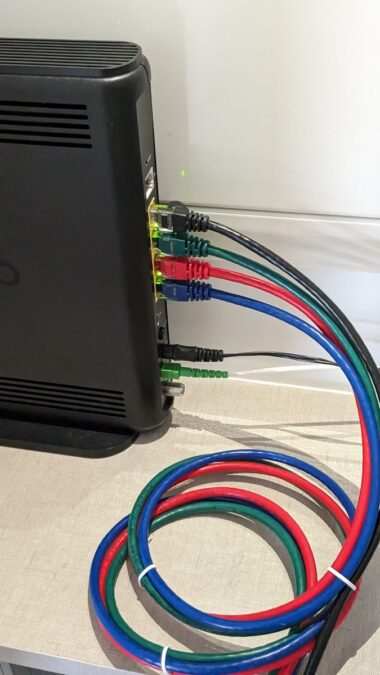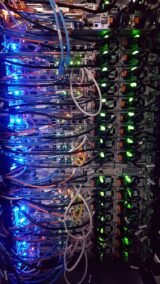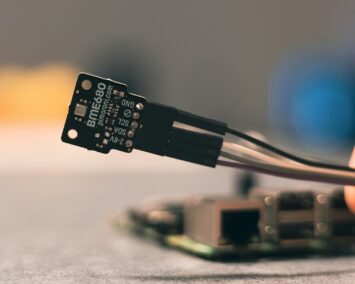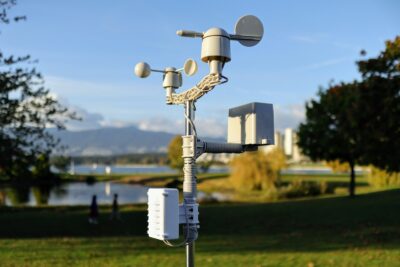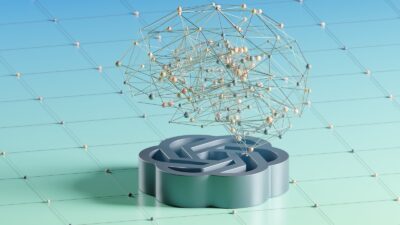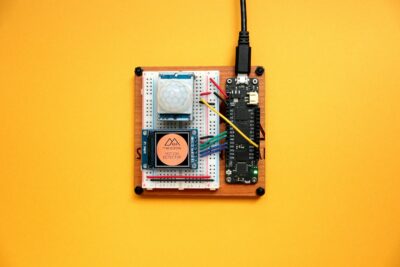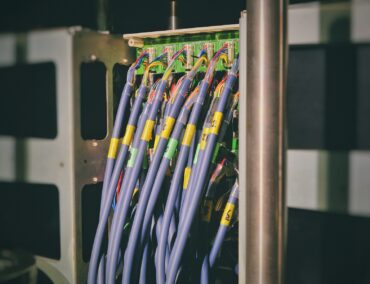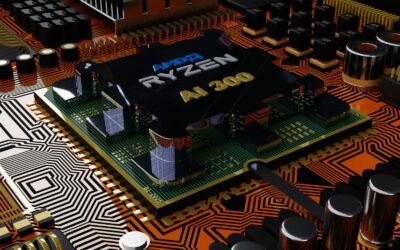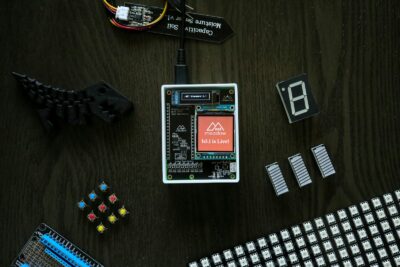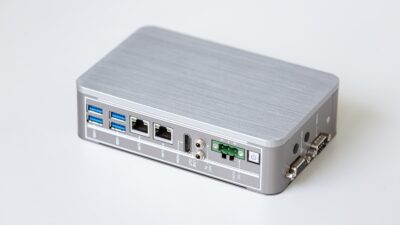Revolutionizing Industries with Decentralized Intelligence
In today’s interconnected world, the Efficient IoT Networks are transforming industries and revolutionizing the way we live and work. With billions of connected devices generating massive amounts of data, the traditional centralized cloud computing model is facing challenges in terms of latency, bandwidth, and security. This is where edge computing comes into play, offering a decentralized approach that brings computation and data storage closer to the source, thereby improving the efficiency of distributed IoT networks.
Reduced Latency: Enabling Real-Time Decision Making
One of the primary advantages of edge computing is its ability to significantly reduce latency. By processing data closer to the source, edge computing eliminates the need to send data to a distant cloud server for processing and then wait for the results to be sent back. This reduction in latency enables real-time decision-making and actions, which is critical for time-sensitive applications such as industrial automation, autonomous vehicles, and smart city infrastructure.
Improved Bandwidth Efficiency: Optimizing Network Resources
Edge computing also optimizes bandwidth usage by reducing the amount of data that needs to be transmitted over the network. Instead of sending all raw data to the cloud, edge devices can pre-process and filter the data, sending only the relevant information for further analysis. This not only reduces the burden on network infrastructure but also lowers data transmission costs, making IoT deployments more scalable and cost-effective.
Enhanced Security and Privacy: Protecting Sensitive Data
With the increasing number of connected devices and the growing volume of data being generated, ensuring the security and privacy of IoT networks is paramount. Edge computing provides an additional layer of security by processing sensitive data locally, reducing the risk of data breaches and unauthorized access. Additionally, edge computing can be used to implement security measures such as encryption, authentication, and access control at the network edge, further protecting IoT devices and data from cyber threats.
Enabling Scalable and Cost-Effective IoT Deployments
As the number of connected devices continues to grow exponentially, scalability and cost-effectiveness are critical considerations for IoT deployments. Edge computing enables scalable IoT architectures by distributing the computational load across multiple edge devices, reducing the reliance on centralized cloud resources. This not only improves performance and reliability but also lowers operational costs, making IoT solutions more accessible to businesses of all sizes.
Empowering Smart Cities with Intelligent Infrastructure
In the context of smart cities, edge computing plays a crucial role in enabling intelligent infrastructure that can respond to real-time events and optimize resource utilization. For instance, edge devices can be deployed at traffic intersections to analyze traffic patterns and adjust traffic signals in real time, reducing congestion and improving traffic flow. Similarly, edge computing can be used to monitor air quality, noise levels, and other environmental factors, providing valuable insights for urban planning and management.
Driving Innovation in Industrial Automation
Edge computing is also transforming the industrial landscape by enabling a new generation of intelligent automation solutions. By processing data locally, edge devices can monitor and control industrial processes in real time, improving efficiency, productivity, and safety. For example, in manufacturing plants, edge computing can be used to detect anomalies in production lines, predict equipment failures, and optimize energy consumption, leading to significant cost savings and improved operational performance.
Transforming Healthcare with Personalized Medicine
Edge computing is poised to revolutionize the healthcare industry by enabling personalized medicine and improving patient outcomes. By analyzing patient data at the edge, healthcare providers can gain real-time insights into patients’ health conditions, enabling them to make informed decisions and provide timely interventions. Additionally, edge computing can be used to monitor patients remotely, reducing the need for hospital visits and enabling patients to manage their health more effectively from the comfort of their homes.
#EdgeComputing #IoTNetworks #Efficiency #DataProcessing #RealTimeAnalytics #SmartCities #IndustrialAutomation

